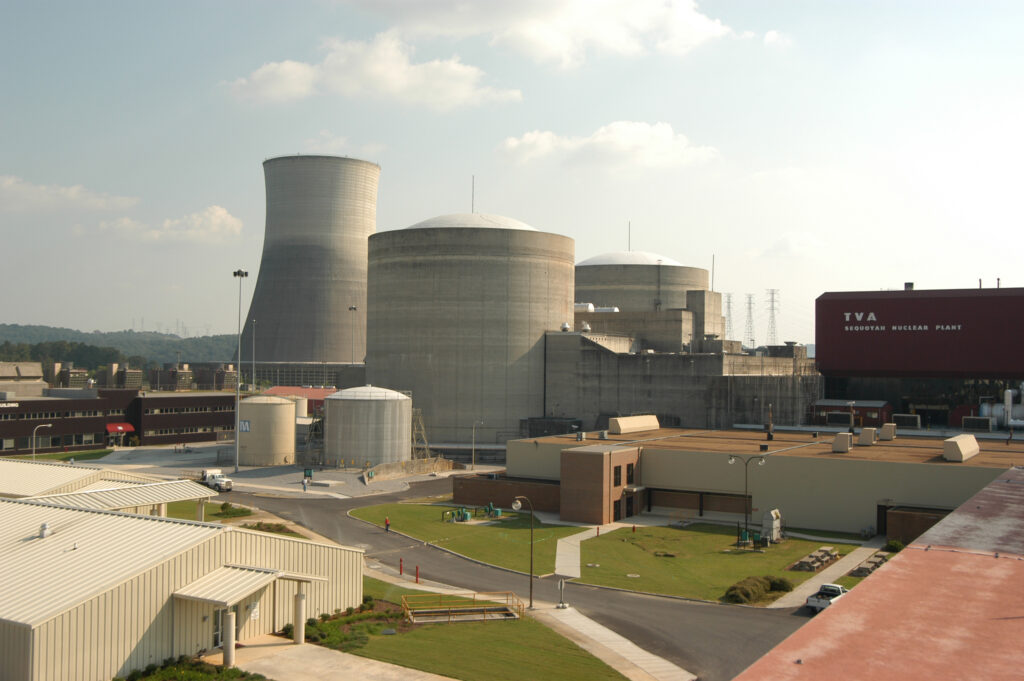
NUCLEAR ENERGY
Image Courtesy: Tennessee Valley Authority Nuclear energy comes from splitting atoms in a reactor to heat water into steam, which turns a turbine to generate electricity. Pros

Image Courtesy: Tennessee Valley Authority Nuclear energy comes from splitting atoms in a reactor to heat water into steam, which turns a turbine to generate electricity. Pros

“Electrical Power Station Along the Pueblo River Walk in Colorado” by PEO ACWA is licensed under CC BY 2.0 the rate of producing, transferring, or using energy most
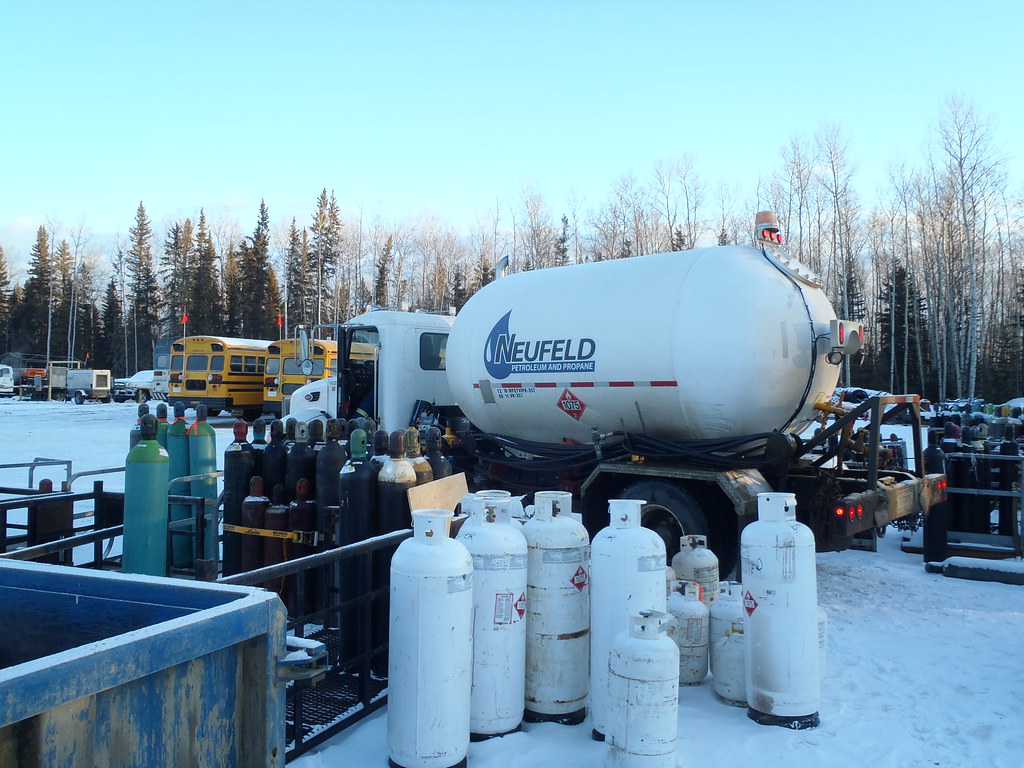
“Propane” by Jason Woodhead is licensed under CC BY 2.0 a byproduct of natural gas processing and petroleum refining commonly used as a fuel. Propane is one of
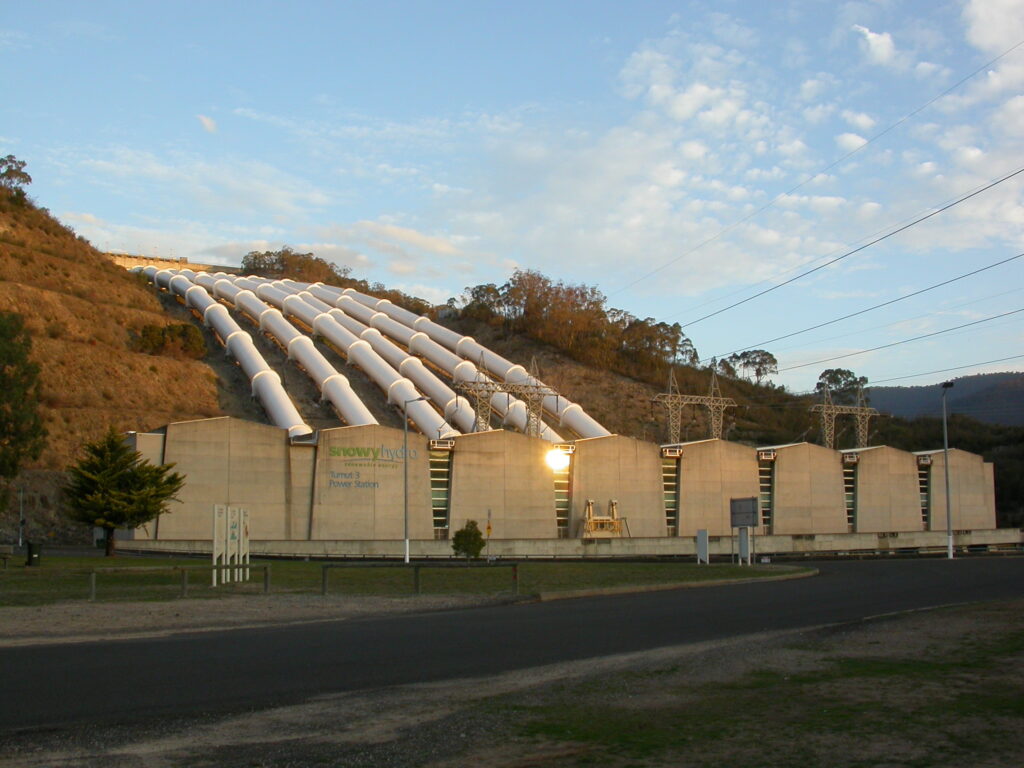
“Tumut3GeneratingStation” by Cmh is licensed under CC BY-SA 3.0 a system that stores energy in the form of gravitational potential energy of water, which has been pumped from a
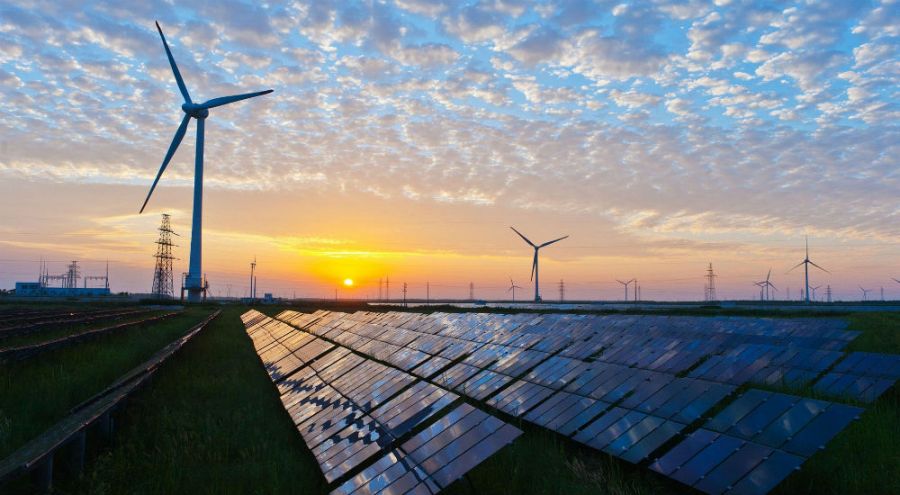
Image Courtesy: Kenueone energy that is collected from renewable resources, which are naturally replenished on a human timescale, such as sunlight, wind, rain, tides, waves, and geothermal heat. RE often provides energy in four
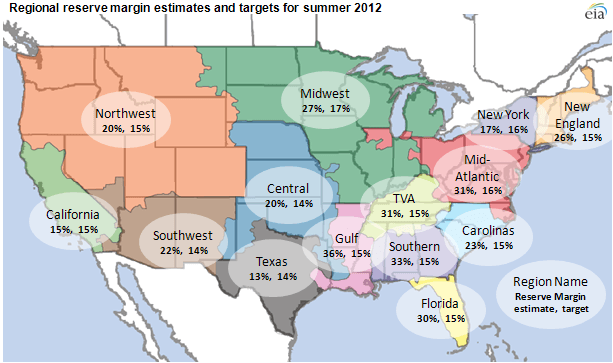
Image Courtesy: U.S. Energy Information Administration in electricity networks, generating capacity available to the system operator within a short interval of time to meet demand in case a generator goes down
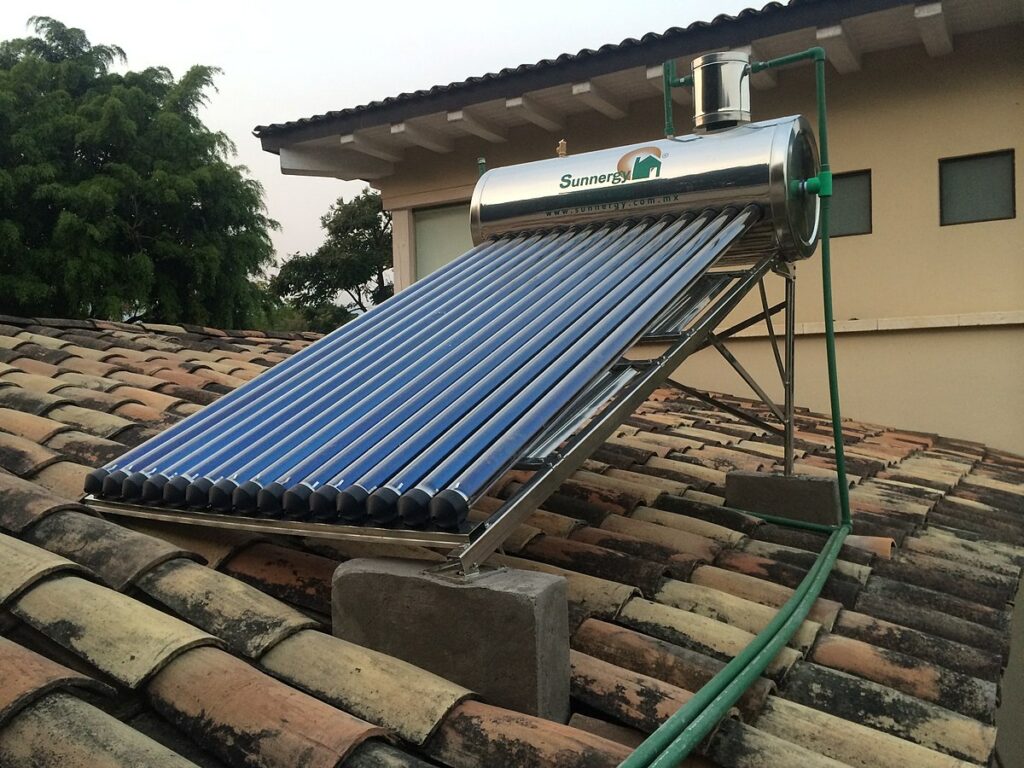
“Sistema por Hidroneumatico” by Mmz.alonso is licensed under CC BY-SA 4.0 a system that generates hot water by collecting heat from the sun. There are two basic types:
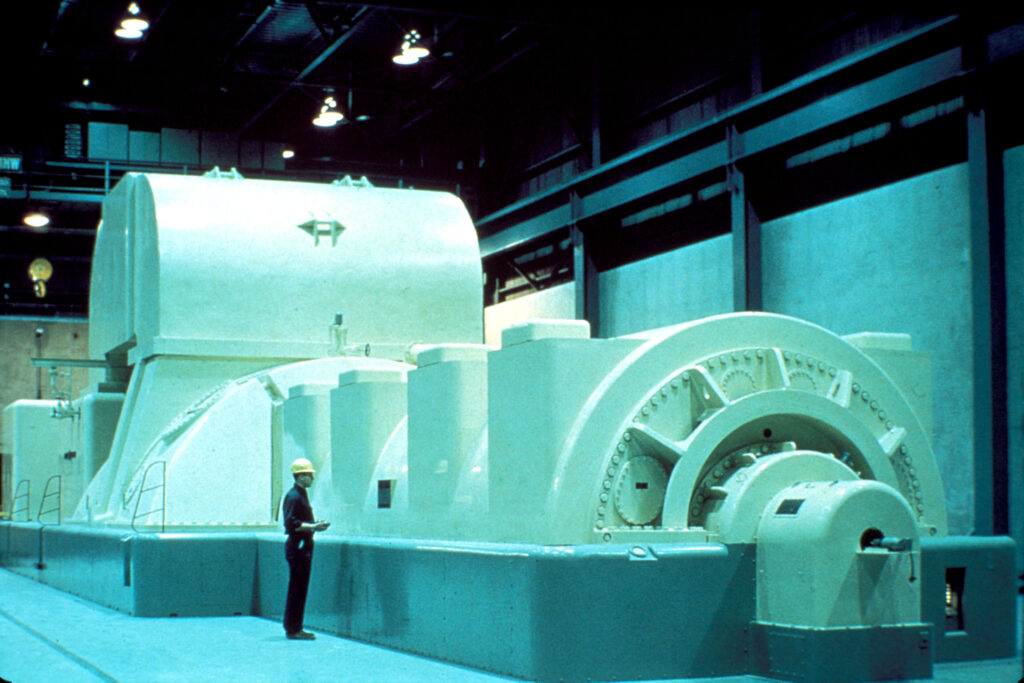
Image Courtesy: Nuclear Regulatory Commission generation capacity that is online but unloaded and that can respond within 10 minutes to compensate for generation or transmission outages.
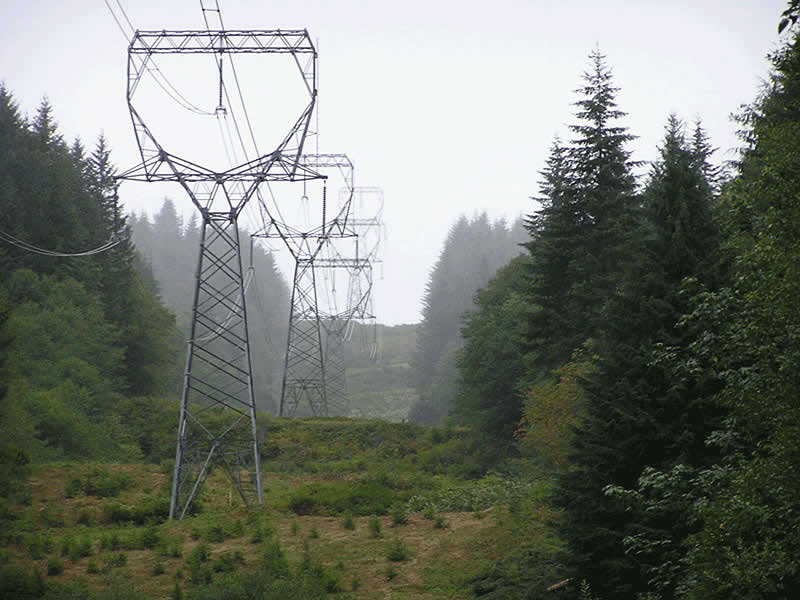
Image Courtesy: ElectricalPowerEnergy.com a corridor of land on which electric lines or other equipment may be located. The transmission or distribution system operator may own the
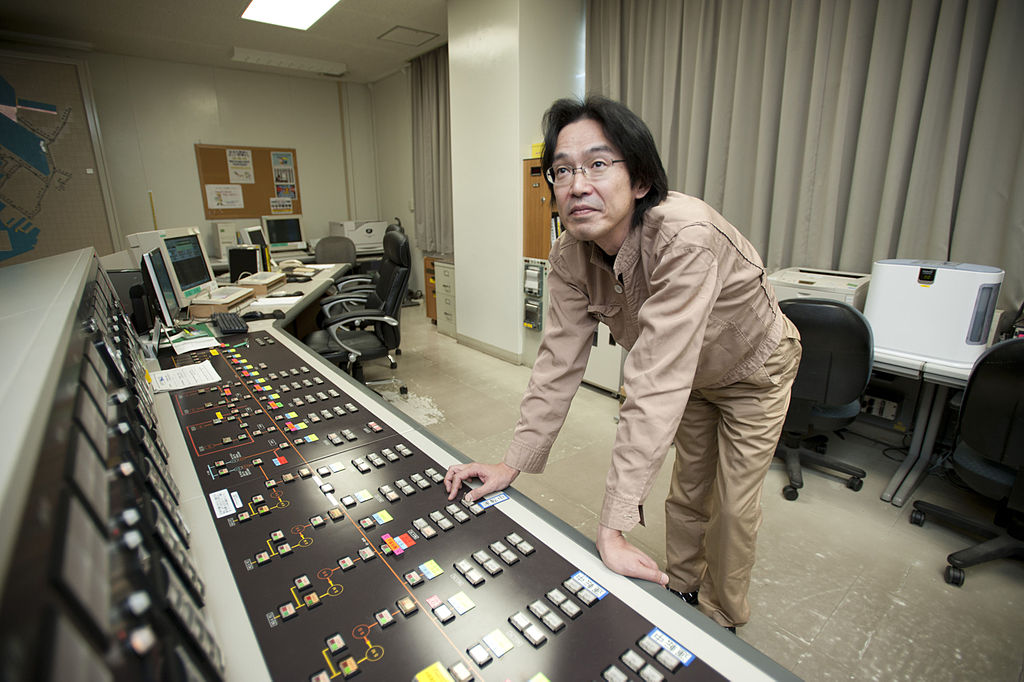
Image Courtesy: U.S. Navy a system of software and hardware such as computers, networked data communications, and graphical user interfaces that provide for local or remote